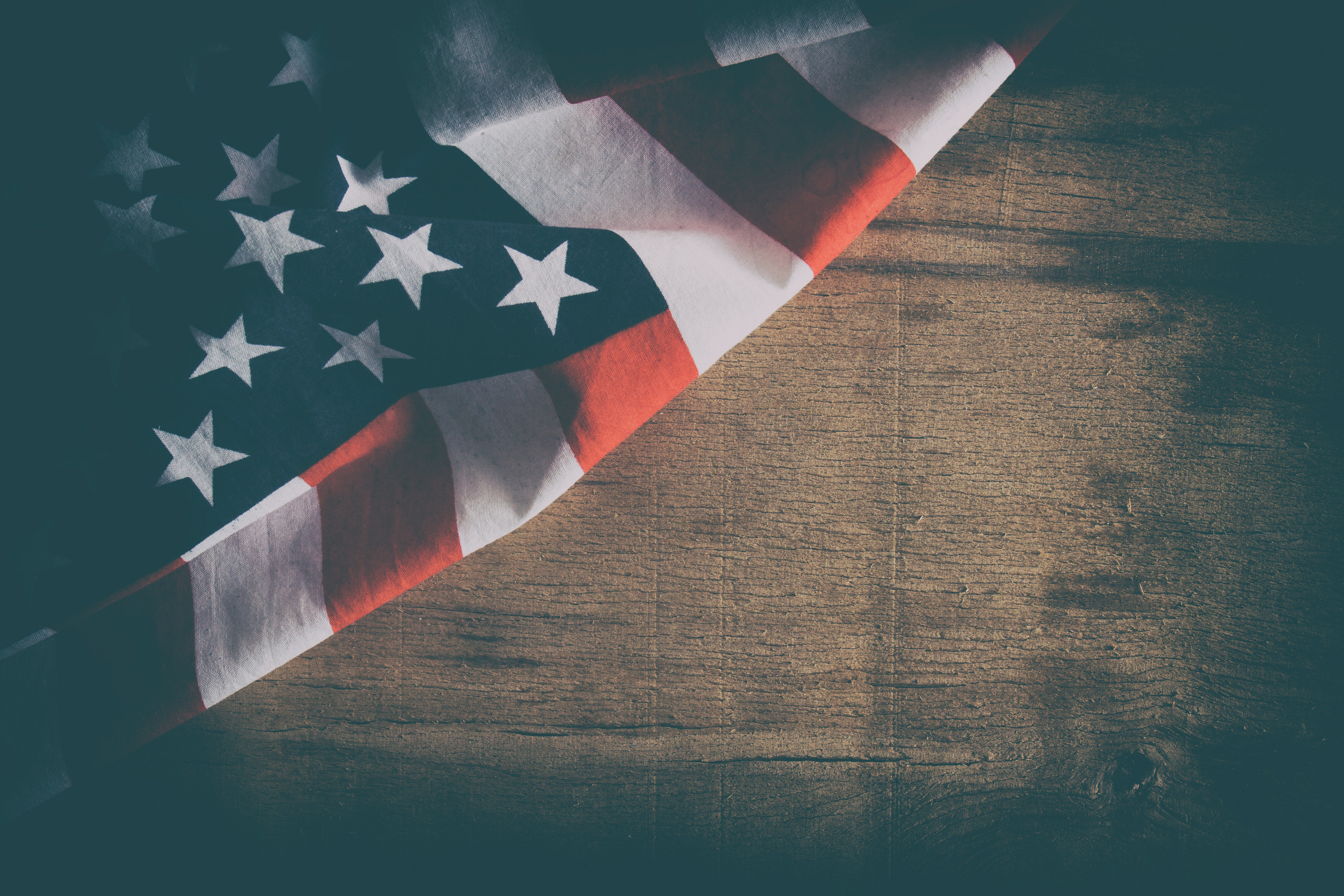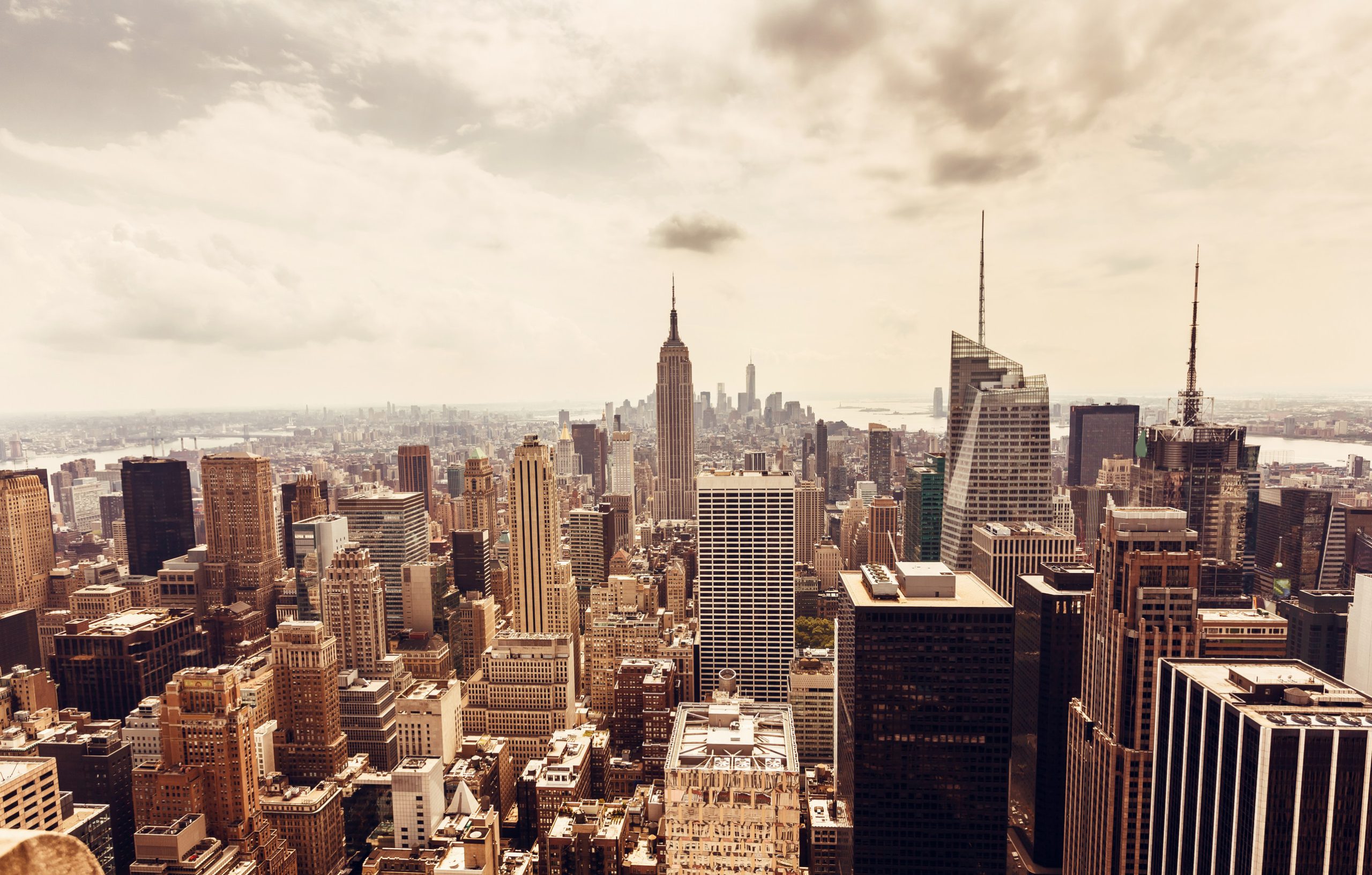In theory, segregation ended decades ago. But in reality, many cities and communities across the United States remain deeply divided by race, by income, by opportunity. These divisions aren’t marked by “Whites Only” signs or Jim Crow laws anymore, but rather by invisible lines drawn through housing policy, school zoning, economic inequality, and access to basic services.
The legacy of structural racism hasn’t disappeared; it’s just become harder to see at first glance. And in some places, the separation between communities is so stark it’s impossible to ignore.
Chicago, Illinois
Chicago has long been known for its sharp racial and economic divides, and those divisions remain entrenched today. Neighborhoods like Englewood and Austin are predominantly Black and suffer from underfunded schools, high unemployment, and limited access to healthcare, while areas like Lincoln Park or the Gold Coast offer a vastly different quality of life.
Redlining practices from the 20th century still haunt the city’s housing market, with generational wealth gaps reflecting those historic inequalities. Public transit routes, school quality, and even grocery store availability differ greatly depending on the zip code. While the city has attempted integration, many residents’ day-to-day experience still reflects a city split by race and class.
Milwaukee, Wisconsin
Milwaukee is frequently ranked among the most segregated cities in the country. The city’s North Side is largely African American, while the South Side is home to a growing Latino population, and most white residents live in the surrounding suburbs. This separation isn’t just cultural; it’s visible in school funding, policing patterns, and employment opportunities. Highway construction during the mid-20th century devastated Black neighborhoods, and many of those communities never recovered. Today, Milwaukee continues to grapple with stark disparities in income, incarceration rates, and access to quality education.
St. Louis, Missouri
St. Louis has a long and complicated history with segregation, one that’s deeply embedded in its urban design. The Delmar Divide—Delmar Boulevard—still serves as an unofficial boundary between predominantly Black neighborhoods to the north and mostly white neighborhoods to the south. Homes, schools, and businesses on either side of that street paint very different pictures of opportunity and stability. Even though legal segregation ended decades ago, the racial geography of the city hasn’t changed much. The 2014 unrest in nearby Ferguson cast a national spotlight on the region’s systemic inequalities, but progress has been slow.
New York City, New York
Despite being hailed as one of the most diverse cities in the world, New York City remains deeply segregated by neighborhood and school district. Communities in the Bronx, Harlem, and parts of Brooklyn are overwhelmingly composed of people of color, often with lower incomes and fewer public services. Meanwhile, areas like the Upper East Side and Tribeca offer some of the nation’s highest property values and elite schools. Selective public schools and gentrification trends further exacerbate these divides. In many ways, the city’s famed diversity coexists with a persistent and quiet segregation.
Atlanta, Georgia
Atlanta’s booming economy and status as a cultural hub for Black America have not erased its segregation problem. While the city has a large Black middle class and historically Black colleges, many neighborhoods remain sharply divided. The BeltLine development project, intended to foster inclusivity and growth, has also been linked to rising property prices that push long-time Black residents out of their communities. Access to quality healthcare, transportation, and schooling still varies dramatically across different zip codes. The legacy of redlining and discriminatory policies lingers in the shadows of skyscrapers and tech startups.
Boston, Massachusetts
Boston is another city that often surprises people with its level of segregation. The divide between the predominantly Black neighborhood of Roxbury and the affluent, largely white Beacon Hill is as stark as ever. Schools in minority neighborhoods often lack the resources available to their counterparts in wealthier districts, despite promises of reform. Gentrification is also rapidly reshaping historically Black areas, driving displacement without real integration. While Boston touts its educational and historical prestige, the experience of many of its residents tells a very different story.
Detroit, Michigan
Detroit’s past is riddled with racial tension, white flight, and economic decline, and those issues still define much of its urban landscape today. The Eight Mile Road remains a symbolic and literal dividing line between predominantly Black Detroit and its mostly white suburbs. Decades of disinvestment in the city have led to crumbling infrastructure, poor public services, and high poverty rates in many Black neighborhoods. Efforts at revitalization often favor downtown areas and risk excluding the communities most in need. The result is a city trying to recover while still carrying the heavy weight of segregation.
Los Angeles, California
Los Angeles might be famous for its sunshine and diversity, but it’s also a case study in modern-day segregation. South LA, East LA, and parts of the San Fernando Valley remain heavily Latino and Black, while the wealthier westside neighborhoods are largely white. School funding heavily depends on property taxes, creating a dramatic gap in educational quality across the city. Transportation deserts and food deserts are common in lower-income neighborhoods, exacerbating inequality. Even public parks and green spaces are unevenly distributed, reflecting long-standing divides in urban planning.
New Orleans, Louisiana
In New Orleans, segregation is woven into the very layout of the city. The impact of Hurricane Katrina in 2005 brought national attention to the racial and economic disparities that had long defined New Orleans. Many Black residents were displaced and found it difficult or impossible to return due to rising housing costs and redevelopment strategies that favored gentrification. Neighborhoods like the Lower Ninth Ward are still recovering and remain far less prosperous than areas like the Garden District. Despite its rich cultural heritage, the city continues to struggle with issues of separation and inequality.
A Persistent American Divide
The myth that segregation ended with the civil rights movement persists, but the truth is far more complicated. These divisions may not be enforced by law anymore, but they’re reinforced by policies, economics, and decades of neglect.
The cities highlighted here aren’t outliers—they represent a nationwide pattern. If anything, these places show how deeply embedded segregation still is in American life, hiding in plain sight. Understanding this reality is the first step toward addressing the root causes and building more equitable communities.
What are your thoughts? Have you seen or experienced segregation in your own city or town? What do you think is the best solution?
Read More
Are Boomers Gatekeeping the American Dream?
8 Small Towns in America With Big-Time Charm Ranked for 2025


